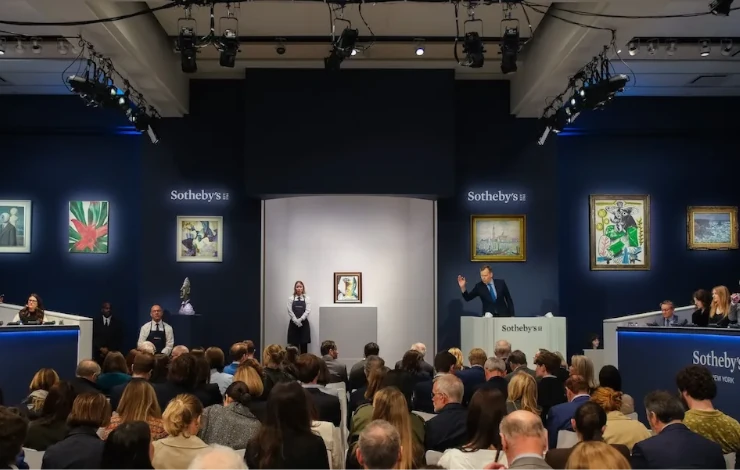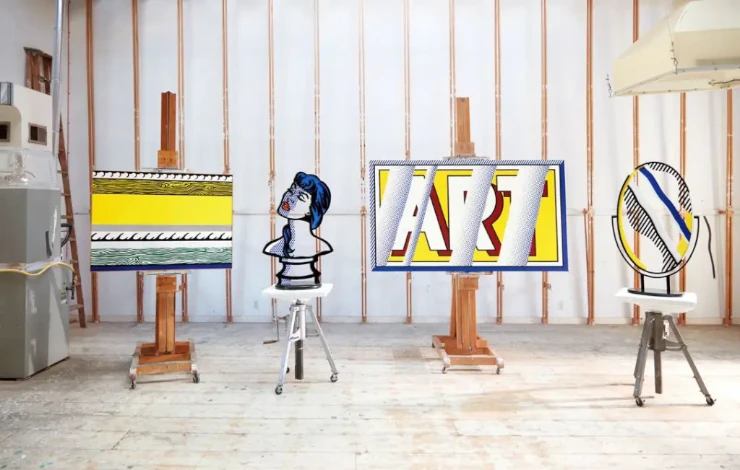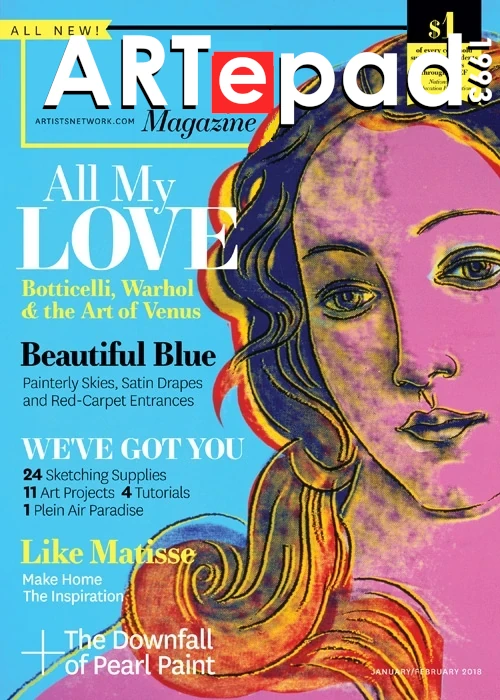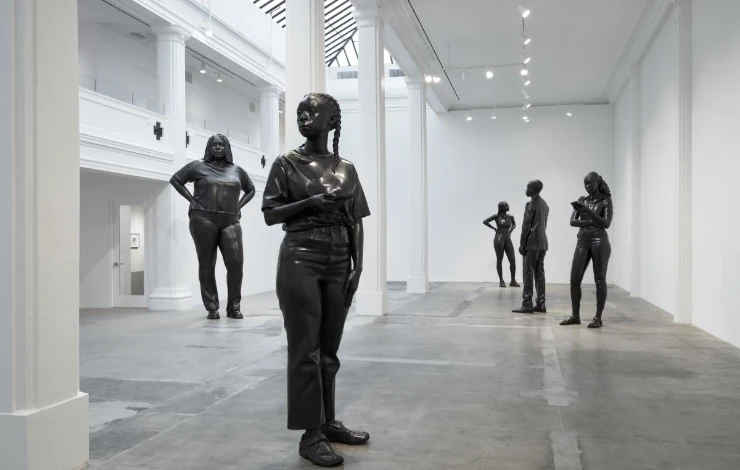
In a notable moment at Sotheby’s recent Modern Evening Auction in New York, a highly anticipated Alberto Giacometti sculpture failed…
Art News

The last Manhattan property tied to pop art icon Roy Lichtenstein has been sold, closing a chapter in the artist’s posthumous legacy. The Greek Revival townhouse in the Gramercy Park neighborhood, once owned and occupied by the Roy Lichtenstein Foundation, changed hands for $6.525 million, marking the end of the foundation’s real estate presence in New York City.
Located on East 19th Street, the townhouse dates back to 1845 and had served as the foundation’s headquarters for several years. With its red-brick façade and distinctive architectural detailing, the property melded classic Manhattan character with art historical significance. While the identity of the buyer has not been disclosed, the transaction represents more than a high-end real estate deal—it symbolizes a shift in how major art legacies are being managed in the 21st century.
Roy Lichtenstein, one of the foremost figures of the American pop art movement, rose to prominence in the 1960s with his comic-strip-inspired paintings and bold use of primary colors. His works, such as Whaam! and Drowning Girl, are recognized globally for their graphic punch and conceptual wit. Lichtenstein died in 1997, and the foundation was established soon after to preserve and promote his work.
The Gramercy property was more than just an administrative base—it housed archives, supported research, and served as a meeting ground for curators, scholars, and collectors. Its sale marks the foundation’s continued streamlining, in line with its strategic plan to digitize its archive and partner with larger institutions for stewardship of its collections.
Over the past decade, the Roy Lichtenstein Foundation has been gradually scaling down its physical footprint. In 2018, it announced plans to wind down its operations by transferring artwork, records, and materials to museums and universities. Among the most notable gifts was the transfer of over 400 works and tens of thousands of archival items to the Whitney Museum of American Art and the Smithsonian Institution.
The sale of the Gramercy townhouse aligns with this broader mission. By moving away from brick-and-mortar operations, the foundation aims to ensure long-term accessibility to Lichtenstein’s oeuvre through public institutions. It is also a nod to the evolving landscape of art philanthropy, where mobility, digitization, and collaboration are increasingly prioritized over owning and maintaining real estate.
The property itself is emblematic of New York’s architectural history. Its five stories include original details such as crown moldings, tall windows, and marble fireplaces—features that have made similar townhouses in the area highly desirable among collectors and cultural figures. The Gramercy neighborhood has long attracted artists, writers, and socialites, offering both prestige and privacy.
Despite its artistic provenance, the townhouse was listed and sold primarily as a residential property, with the Lichtenstein name offering historical cachet but little influence over pricing. The buyer, according to sources familiar with the deal, intends to use the property as a private residence rather than a cultural or institutional space.
Market analysts view the transaction as consistent with trends in high-end Manhattan real estate, where art-linked properties sometimes carry a premium—but just as often move in line with broader market conditions. The $6.5 million closing price falls within expectations for comparable homes in the area.
For the Roy Lichtenstein Foundation, the sale is a practical milestone that supports its long-term vision. For the art world, it represents the continued evolution of how major estates manage legacy, access, and preservation in an increasingly digital and decentralized age.
While the townhouse may soon blend into the private life of its new owner, its walls have hosted decades of scholarship, preservation, and celebration of one of America’s most influential artists. Its sale closes a physical chapter, but Lichtenstein’s legacy—like his iconic benday dots—continues to ripple across canvases, museums, and the cultural consciousness.

News Stories

In a notable moment at Sotheby’s recent Modern Evening Auction in New York, a highly anticipated Alberto Giacometti sculpture failed…

The last Manhattan property tied to pop art icon Roy Lichtenstein has been sold, closing a chapter in the artist’s…

The echoes of seaside summers past are alive once more through the vibrant brushstrokes of Brighton-based artist Ruth Mulvie. Her…

In an unusual convergence of intellectual property law, art, and fandom, the pseudonymous artist nicknamed “Zalkian”, operating in the familiar…

A unique auction featuring rare Nepalese artworks has captured the attention of collectors and philanthropists alike, offering not just cultural…

In the heart of Manhattan's Times Square, a bold new public sculpture has ignited conversation and controversy. Towering at 12…
Join our platform
Explore and take advantage of our vast network or galleries, artists and collectors
For Galleries
Take advantage of an extensive network of associates and gain visibility through our platform
For Artists
Get your art in front of hundreds of thousands of eyes and increase your chances to be discovered by collecotrs
For Collectors
Explore and discover a plethora of artists, artworks and art movements, vetted by our curators

A growing network that brings galleries, artists and collectors together, trusted by thousands of associates and partners worldwide.
DATABASES
